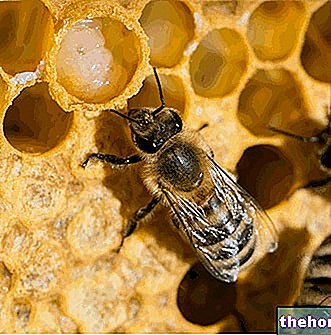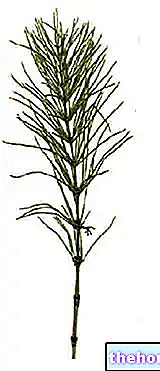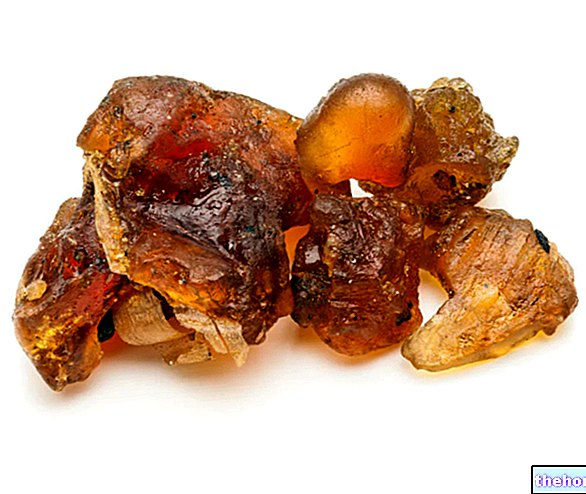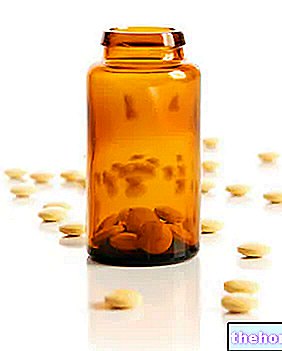The Anglo-Saxon term phytochemicals derives from "phytoalexins", substances of vegetable origin produced by plants to defend themselves from parasitic attacks. Resveratrol, a well-known antioxidant in wine, is actually a phytolaxin, produced by the plant with the aim of protecting itself from solar radiation and fungal attacks.

COMPOUNDS WITH POTENTIAL "ANTICANCEROGENIC ACTIVITY PRESENT IN FOODS OF VEGETABLE ORIGIN
Groups of compounds and related food
- Carotenoids: Yellow and orange fruits and vegetables, and dark green leafy vegetables
- Ditioltions: Cruciferous or brassicaceae
- Glucosinolates / indoles: Cruciferous or brassicaceae
- Isothiocyanates / Thiocyanates: Cruciferae or brassicaceae
- Coumarins: Vegetable and citrus fruits
- Flavonoids: Most fruits and vegetables
- Phenols: Most fruit and vegetables
- Protease inhibitors: Seeds and legumes, especially soy
- Phytosterols: Vegetable
- Isoflavones: Soy
- Saponins: especially soy
- Inositol hexaphosphate: especially soy and cereals
- Allicin compounds: Onion, garlic, leeks and bulbs
- Limonene: Citrus fruits
The mechanisms through which phytochemicals could exert their function are:
1. Induction of detoxifying enzymes
2. Inhibition of the formation of nitrosamines
3. Substrate for the synthesis of anticarcinogenic substances
4. Dilution and sequestration of carcinogens in the digestive tract
5. Modification of the hormonal balance
6. Enhancement of the antioxidant action
Among the food components whose role at the gastrointestinal level is now sufficiently demonstrated to allow the use of functional claims, and in some cases of health claims, include some carbohydrates (fiber), non-digestible oligosaccharides (prebiotics) and some strains of microorganisms (probiotics).




























